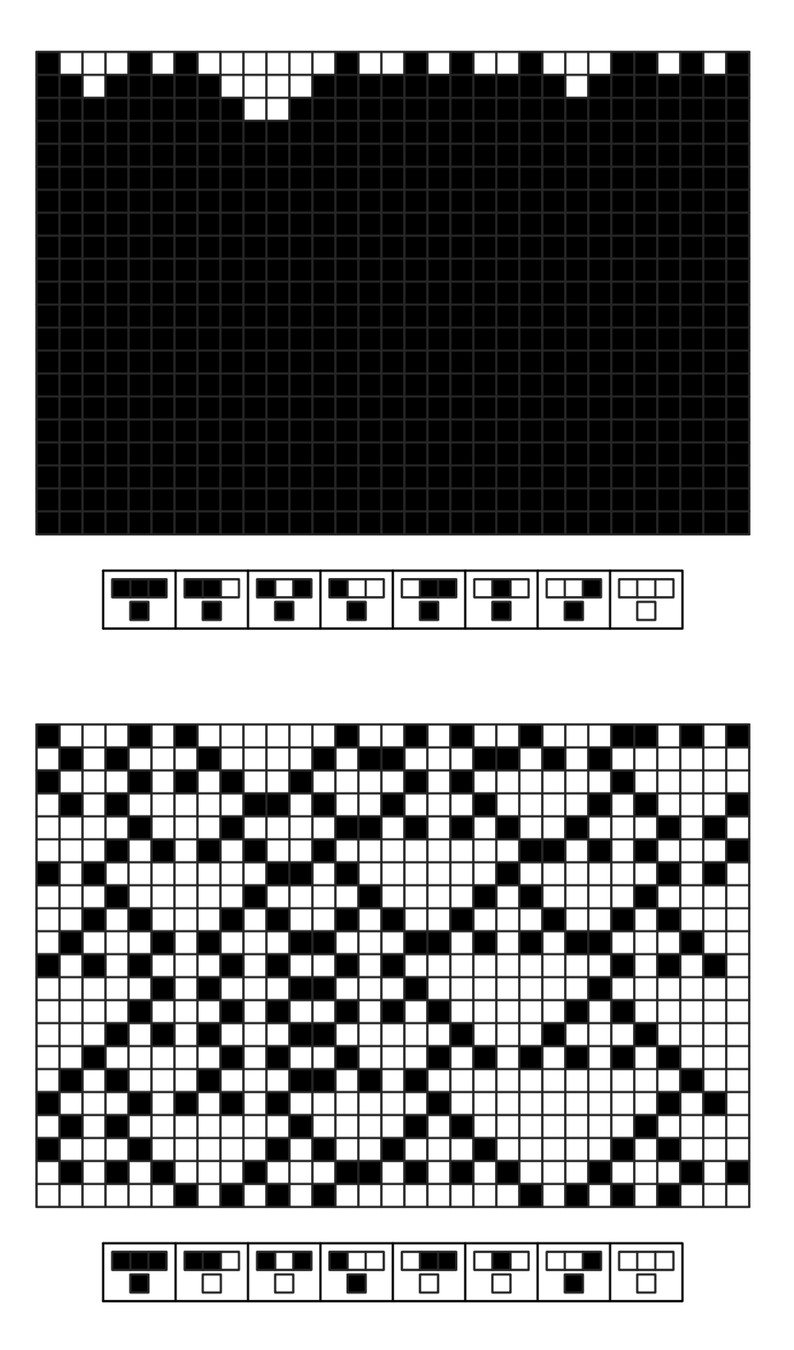But this process may still take a very long time. And indeed in the two-dimensional case discussed earlier in this section, the number of steps required can be quite astronomically long.
So can one speed this up? The more one knows about a particular system, the more one can invent tricks that work for that system. But usually these turn out to lead only to modest speedups, and despite various hopes over the years there seem in the end to be no techniques that work well across any very broad range of systems.
So what this suggests is that even if in some idealized sense a system in nature might be expected to satisfy certain constraints, it is likely that in practice the system will actually not have a way to come even close to doing this.
In traditional science the notion of constraints is often introduced in an attempt to summarize the effects of evolution rules. Typically the idea is that after a sufficiently long time a system should be found only in states that are invariant under the application of its evolution rules. And quite often it turns out that one can show that any states that are invariant in this way must satisfy fairly simple constraints. But the problem is that except in cases where the behavior as a whole is very simple it tends not to be true that systems in fact evolve to strictly invariant states.
The two cellular automata below both have all white and all black as invariant states. And in the first case, starting from random initial conditions, the system quickly settles down to the all black invariant state. But in the second case, nothing like this happens, and instead the system continues to exhibit complicated and seemingly random behavior forever.
The two-dimensional patterns that arise from the constraints at the end of Chapter 5 all turn out to correspond to invariant states of various two-dimensional cellular automata. And so for example the pattern of page 211 is found to be the unique invariant state for 572,522 of the 4,294,967,296 possible five-neighbor cellular automaton rules. But if one starts these rules from random initial conditions, one typically never gets the pattern of page 211. Instead, as the pictures at the top of the facing page show, one sees a variety of patterns that very

Two of the 28 elementary cellular automata whose only invariant states are uniform in color. In the first case one of these invariant states is always reached; in the second it is not.